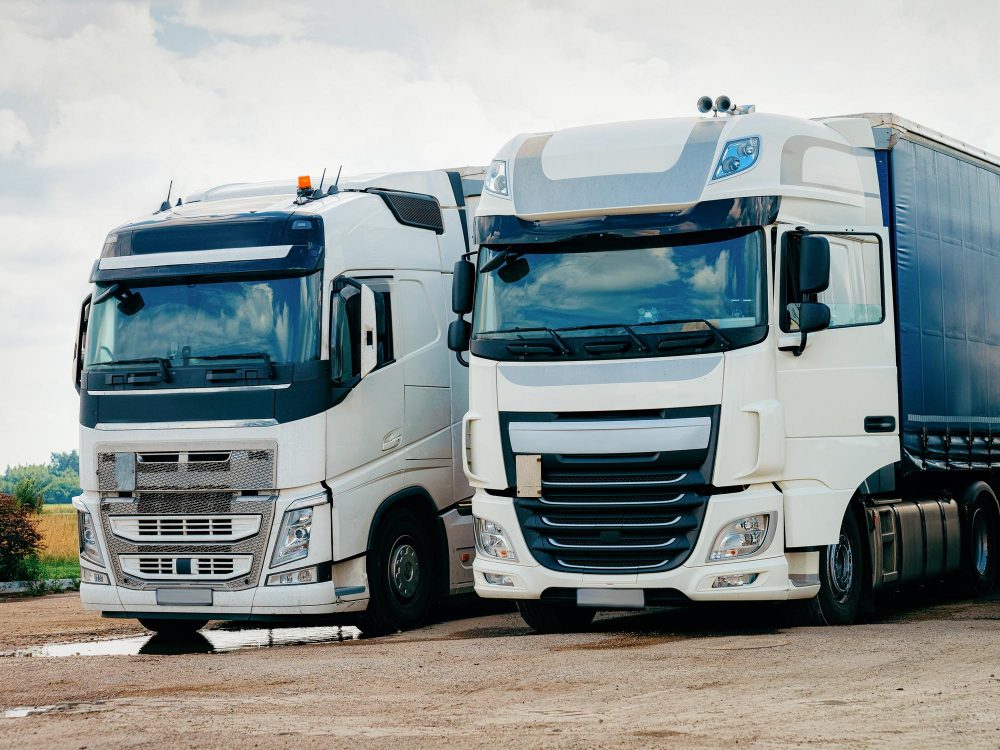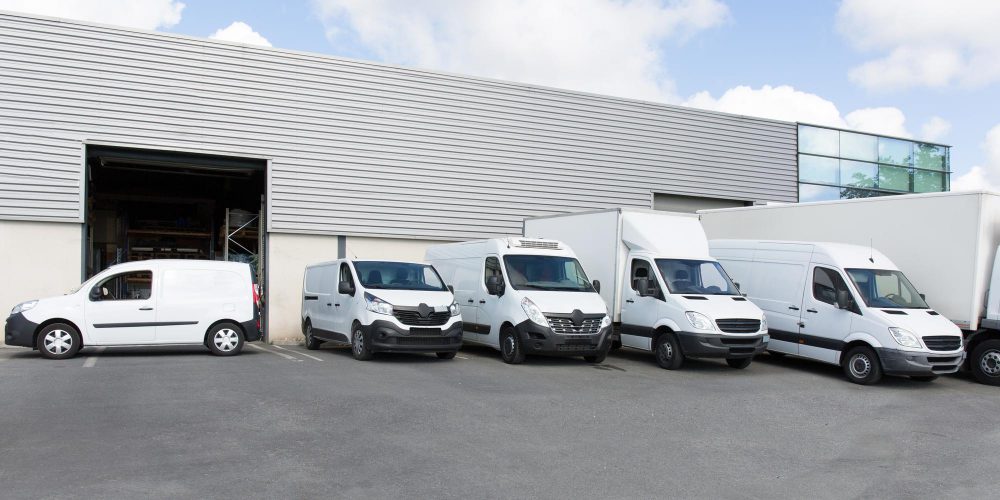How does the ECU know when to inject fuel?
The Electronic Control Unit (ECU) is a critical component in modern vehicles that plays a crucial role in regulating various systems, including fuel injection. It is responsible for monitoring and controlling the fuel injectors to ensure optimal fuel delivery to the engine. But how does the ECU know when to inject fuel? In this article, we will explore the intricacies of this process in greater detail.
Sensors and Inputs
The ECU receives information from various sensors placed throughout the vehicle. These sensors provide data on factors such as engine speed, throttle position, air intake temperature, coolant temperature, and oxygen levels in the exhaust gases. By continuously monitoring these inputs, the ECU can make informed decisions about when and how much fuel to inject.
Engine Speed Sensor
One of the primary sensors used is the engine speed sensor, which measures the rotational speed of the engine. This information allows the ECU to determine the engine’s current operating conditions and adjust the fuel injection accordingly. The engine speed sensor provides crucial data for calculating the correct injection timing, duration, and quantity.
Throttle Position Sensor
The throttle position sensor is another critical input for the ECU. It detects the position of the throttle valve, indicating how much the driver is pressing down on the accelerator pedal. By monitoring the throttle position, the ECU can determine the driver’s demand for power and adjust the fuel injection accordingly.
Fuel Maps and Calculations
Once the ECU has gathered data from various sensors, it uses pre-programmed fuel maps and complex algorithms to calculate the appropriate amount of fuel to inject. These fuel maps contain a range of values determined through extensive testing and calibration to ensure optimal engine performance under various operating conditions.
Load and RPM
The ECU takes into account both the engine load and the RPM (Revolutions Per Minute) when calculating the fuel injection. The load refers to the amount of work the engine is required to do, while the RPM indicates the engine’s rotational speed. By considering these factors, the ECU can accurately adjust the fuel injection to maintain the desired air-fuel mixture ratio for efficient combustion.
Feedback and Adaptation
The ECU continuously monitors the engine’s performance through feedback mechanisms such as the oxygen sensor. This sensor measures the level of oxygen in the exhaust gases, providing valuable information about the combustion process. If the ECU detects deviations from the desired air-fuel ratio, it can make real-time adjustments to the fuel injection to optimize engine performance.
Fun fact: Modern ECUs are incredibly sophisticated and can make thousands of fuel injection adjustments per second!
Does ECU control acceleration?
The electronic control unit (ECU) plays a crucial role in the management of various engine functions in modern vehicles. While it is primarily responsible for controlling fuel injection, ignition timing, and other important parameters, it also has an influence on acceleration.
Fuel Delivery
One of the key factors affecting acceleration is the amount of fuel delivered to the engine. The ECU continuously monitors the driving conditions and adjusts the fuel injection accordingly. By analyzing sensor inputs such as throttle position, engine load, and air intake, the ECU can determine the optimal amount of fuel needed for efficient combustion.
Ignition Timing
The ECU also controls the ignition timing, which directly affects the engine’s power output and acceleration. By adjusting the timing of the spark plug firing, the ECU ensures that the combustion process occurs at the right moment, maximizing power and torque delivery.
Electronic Throttle Control
Many modern vehicles employ electronic throttle control (ETC), where the movement of the accelerator pedal is translated into an electronic signal that is sent to the ECU. The ECU then determines how much the throttle valve should open, thus controlling the airflow into the engine. This, in turn, affects the rate of acceleration.
ECU Tuning
Car enthusiasts often seek to enhance the performance of their vehicles by modifying the ECU parameters through a process called “ECU tuning.” By optimizing the fuel maps, ignition timing, and other settings, it is possible to improve acceleration and overall engine performance.
Fun fact: Formula 1 teams extensively use ECU tuning to extract the maximum performance from their engines.
In conclusion, while the primary role of the ECU is to control fuel injection, it also has a significant impact on acceleration through its influence on fuel delivery, ignition timing, and throttle control.
| ECU function | Effect on Acceleration |
|---|---|
| Fuel delivery | Optimizes fuel mixture for efficient combustion |
| Ignition timing | Ensures maximum power output |
| Throttle control | Determines the rate of airflow into the engine |
Furthermore, by utilizing ECU tuning techniques, it is possible to further enhance acceleration and overall engine performance.
- Monitor fuel delivery and adjust injectors accordingly
- Control ignition timing for optimal power output
- Manage electronic throttle control for precise acceleration response



